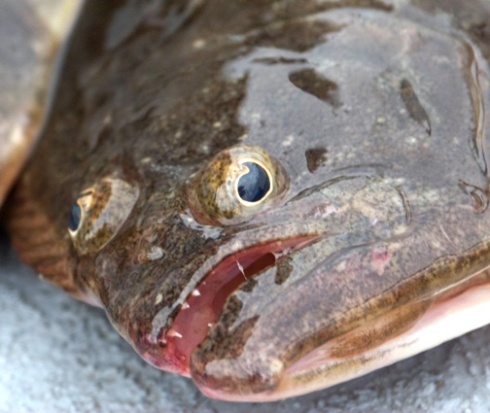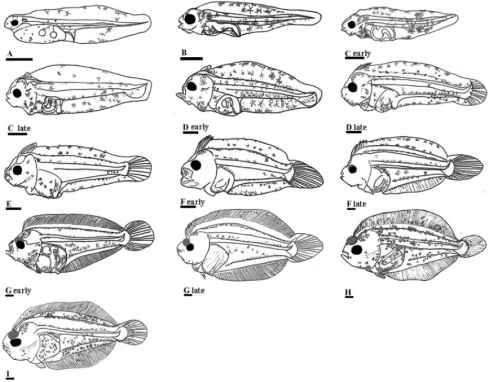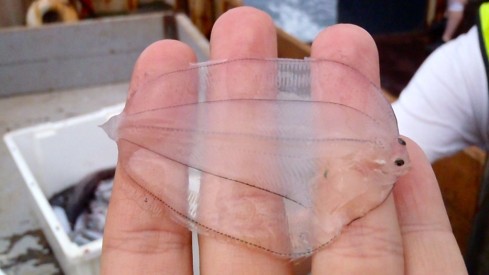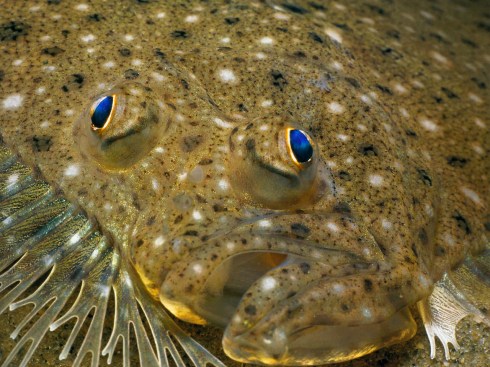You are currently browsing the tag archive for the ‘turbot’ tag.

I have a weird confession. I don’t usually get too upset by paying my taxes. I can’t explore space by myself…nor can I invent the internet, fight Ebola, or operate a nuclear aircraft carrier. The government does amazing things which benefit everyone! [plus I barely make any money anyway]
Yet some group of marketers with deep pockets has been trying to convince everyone that the government is incompetent and you should give all of your money to reclusive billionaire twins and evil cartels instead.
And their efforts are working! This year I was pretty unhappy to turn over my meager earnings to be used on golf outings, summer palaces, estranged trophy wives, and brownshirts. I was peeved with Intuit as well, even though I have used them for many years. Not only did Intuit lobby the government to keep the tax code exhaustively complicated, but Turbotax kept demanding that I buy a more expensive software package and the numbers changed wildly for no coherent reason. I only have one W2. What the heck? No more Turbotax from now on. I finally gave up and used the el cheapo knockoff that the IRS referred me to. I have recorded this spring experience for posterity in this little sparkling picture of floundering beneath the cherry blossoms of our nation’s capital. I call it “Turbot Tax” and I think the symbolism is self explanatory.
But whatever…at least I have fileted my taxes…er I mean filed. Now that we have got that chore done, we can get to spring flowers in earnest!

Flatfishes are an order (Pleuronectiformes) of predatory fish found in oceans worldwide. There are over 700 distinct species in 11 separate (and sometimes very distinct) families. Familiar flatfish include flounder, turbot, plaice, sole, and tonguefish (to name only a few).

Flatfish undergo two great changes. First they hatch out of an egg and become transparent tiny fry living among the zooplankton. These baby flounder have an eye on each side of their heads–like all the other vertebrates. Then, when they reach adolescence, they change a second time in a bizarre way. One eye migrates over the young fish’s forehead. Half of their body becomes pale and smooth. To reach adulthood they abandon the vertebrate’s familiar symmetry and become strange asymmetric monsters.

(An Adolescent Flounder, as its eyes migrate and it becomes opaque)
Very few animals have asymmetry of any sort (wrybills, hermit crabs) and even fewer are asymmetric in a systemic way (sponges). Flatfish give up their symmetry on adulthood: they lose their ability to swim smoothly and see all around them…but, in turn, they gain prowess as lurkers. This helps them to hide in an ocean full of strife and peril. Equally importantly, it helps them to hunt.

Flatfish are exceedingly gifted predators. They thrive by eating unsuspecting fish, mollusks, arthropods, and worms which are scampering (or crawling… or propulsing?…or whatever) along the ocean bottom. Pleuronectiformes are powerful, quick, agile, and invisible. The horrifying hunting strategy of the flatfish is to lie perfectly still on the ocean bottom and gradually change color to match the substrate (they can match sand and pebbles and ripples and even chessboards). Then, when a happy little shrimp minces endearingly along the ocean floor, suddenly the land itself opens a huge maw and SNAP! delicious shrimp supper for the stealthy flatfish.

For all of their gifts as predators, flounders are hardly the apex predators of their watery ecosystems. They live in a world of super-predators: diving birds, grabby cephalopods, sharks, bigger fish, and cunning marine mammals. And that is to say nothing of all-consuming humankind: fisherfolk hunt for flounder with spears, traps, hooks, and nets.

The flatfish, like most teleosts, are being fished to oblivion (even as their habitats rapidly change due to thermal fluctuation, invasive species, pollution, and acidification). This troubles me for all sorts of reasons. It represents the growing doom in the world ocean, from whence came all Earth life and upon which all life depends. We evolved from teleosts. Flounder are distant cousins. Also I think they are beautiful in a bizarre way. Their asymmetry strikes me as amazing and alien, yet somehow completely appropriate, practical, and compelling.
 Also, um, I like to eat flounder.
Also, um, I like to eat flounder.
Anyway, I mention all of this because lately flatfish have supplanted doughnuts as the central fixation of my art. They represent life to me…and so I have been drawing them by the dozen (and I am working on a book of intricate pen and ink flounder). Here is a teaser flounder. More next week!

Benevolent Flounder (Wayne Ferrebee, 2016, color pencil and ink)





